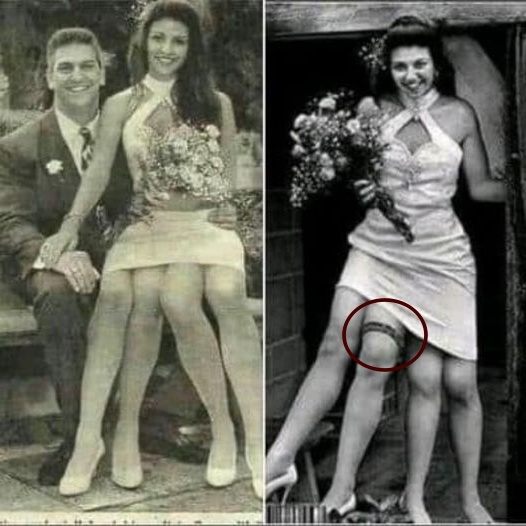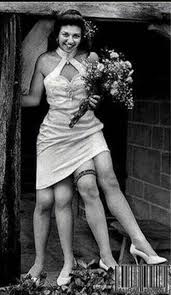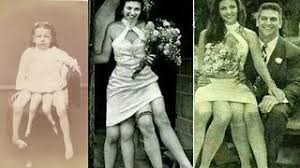A Victorian Medical Mystery: The Enigmatic Life of Josephine Myrtle Corbin

A Victorian Medical Mystery: The Enigmatic Life of Josephine Myrtle Corbin unveils the captivating story of a woman whose extraordinary condition sparked both fascination and controversy in the late 19th century. Born in 1868, Josephine Myrtle Corbin entered the world with a rare congenital condition known as dipygus, which resulted in her having four legs and two separate pelvic regions. Her unique anatomy not only intrigued the medical community but also captivated the public, leading to a life that blurred the lines between science and spectacle.

From a young age, Myrtle was exhibited in sideshows as the “Four-Legged Girl from Texas.” In an era when curiosity about human anomalies was at its peak, she became a sensation, drawing crowds eager to witness her extraordinary condition. While many marveled at her physical uniqueness, the attention also came with its share of challenges. Myrtle navigated a world where societal perceptions of beauty and normality were rigidly defined. Her existence in the public eye prompted questions about ethics and the morality of exploiting individuals with medical anomalies for entertainment.
Medical professionals were equally fascinated by Myrtle. Doctors studied her anatomy, hoping to unlock the mysteries of her condition. Dipygus, characterized by the presence of a second set of legs and pelvis, provided a rare opportunity for research into human development and congenital disorders. Myrtle became a subject of serious medical inquiry, leading to discussions about the implications of such anomalies on identity, femininity, and societal roles.

Despite the spectacle surrounding her life, Josephine Myrtle Corbin was more than just a curiosity. She married and had five children, defying the expectations placed upon those with disabilities. Her ability to create a family and lead a relatively normal life challenged the stereotypes of individuals with congenital conditions during her time. Myrtle’s resilience and adaptability highlight the complexities of human experience, encouraging a reevaluation of how society views differences.
Today, her story remains one of the most extraordinary medical anomalies in recorded history, provoking wonder and debate more than a century later. The discussions surrounding Myrtle’s life and legacy continue to resonate, raising important questions about ethics in medicine, the nature of human identity, and the celebration of diversity.

In conclusion, A Victorian Medical Mystery: The Enigmatic Life of Josephine Myrtle Corbin serves as a poignant reminder of the intricate relationship between medicine and society. Her life story invites us to reflect on how we perceive those who are different from ourselves and challenges us to embrace the beauty of human variation. Myrtle’s legacy endures, inspiring future generations to approach differences with curiosity, compassion, and understanding.